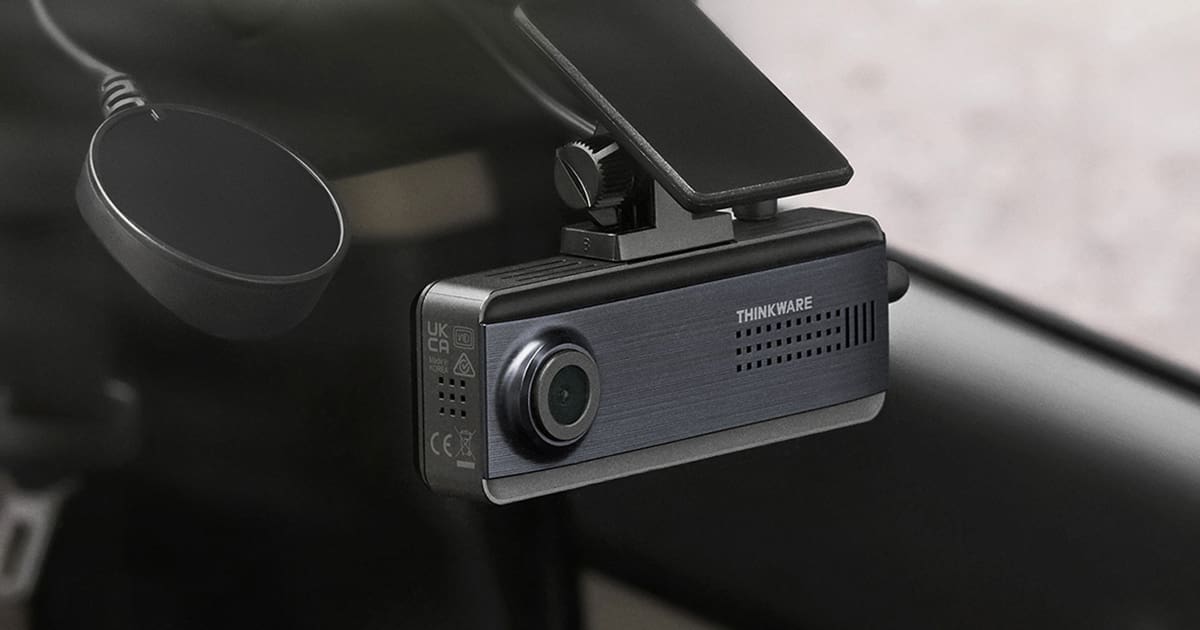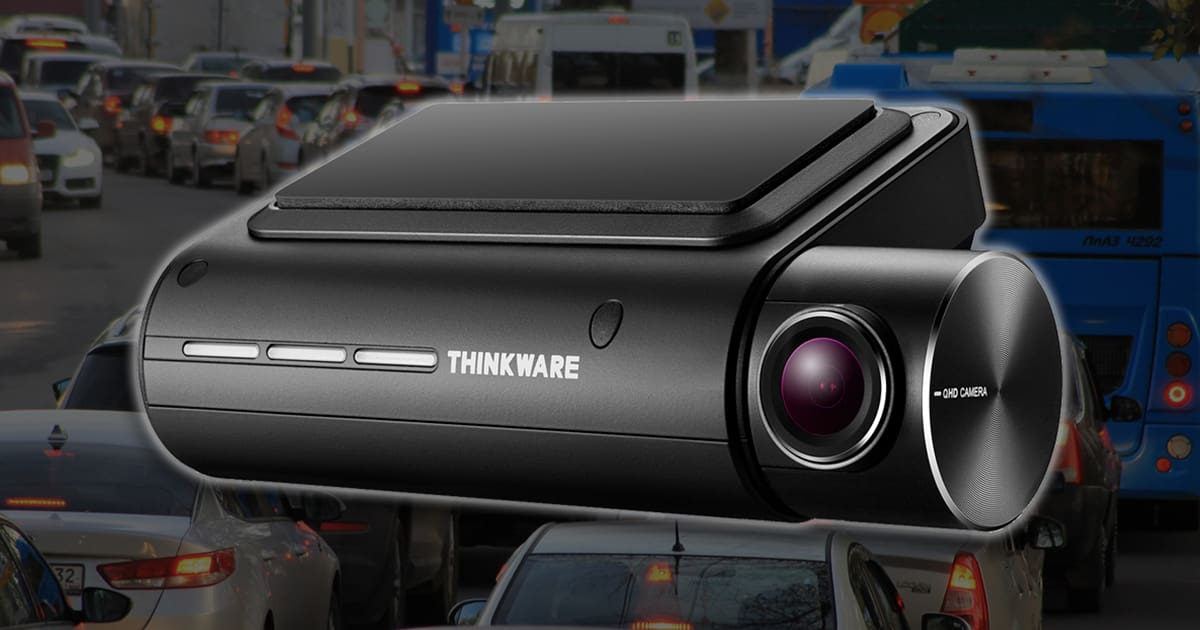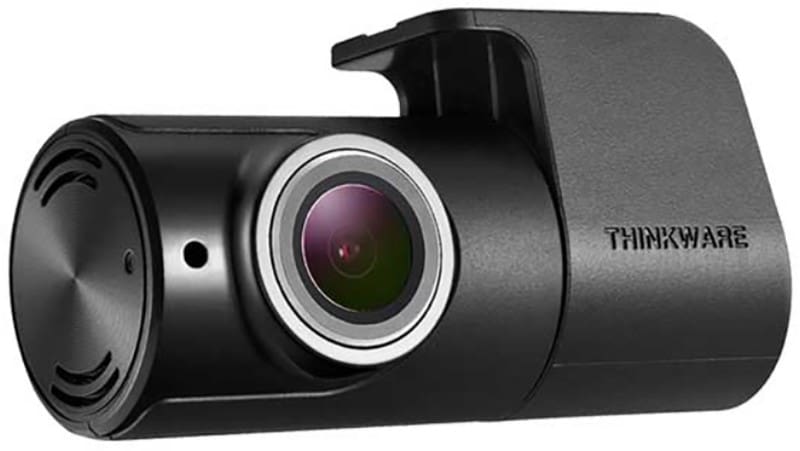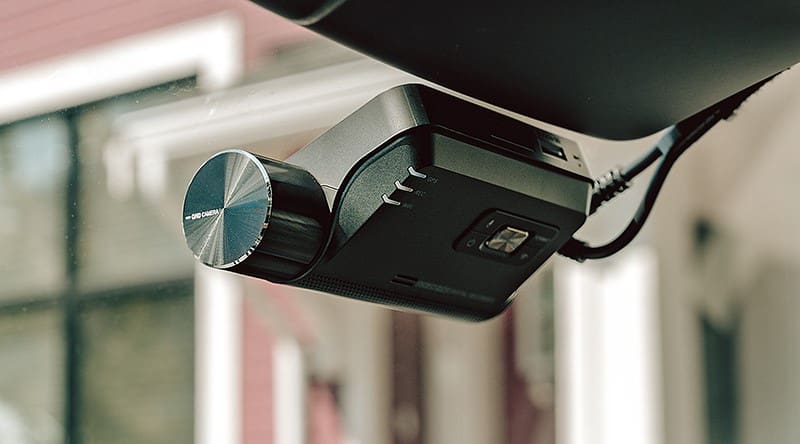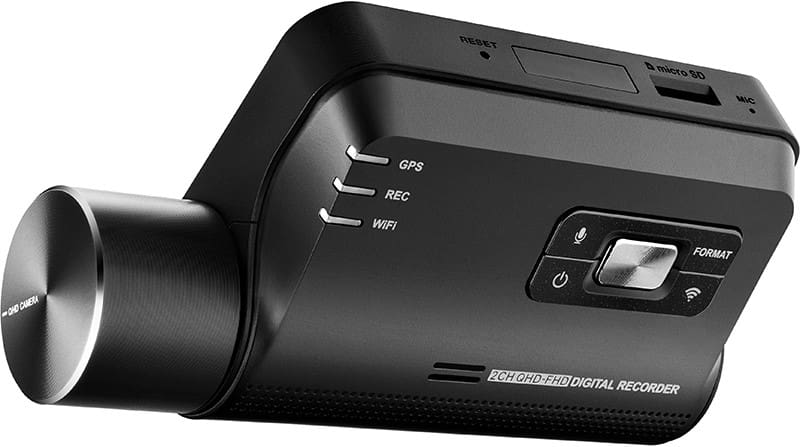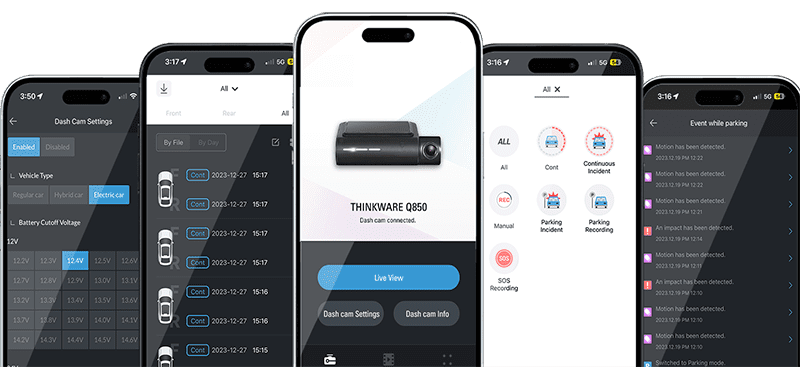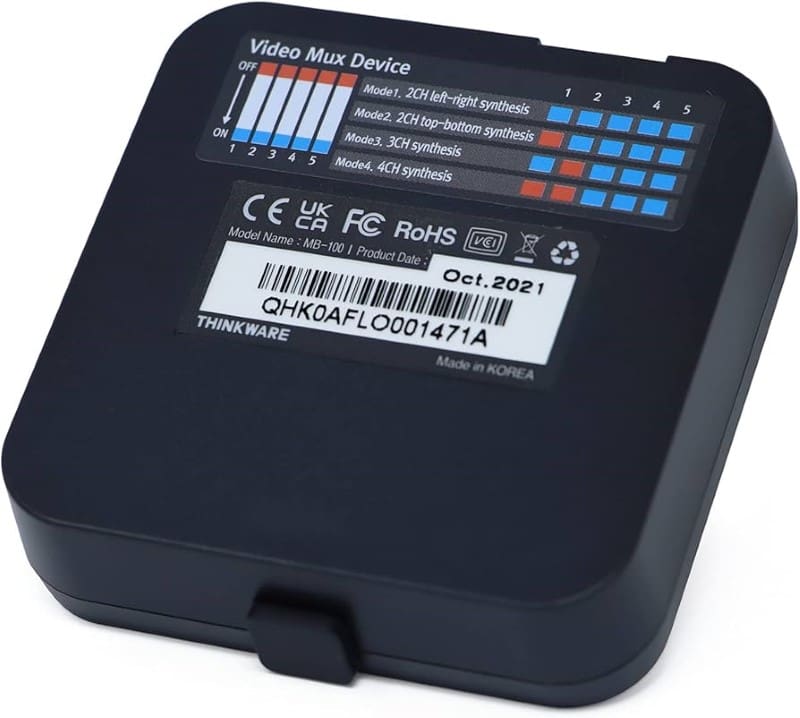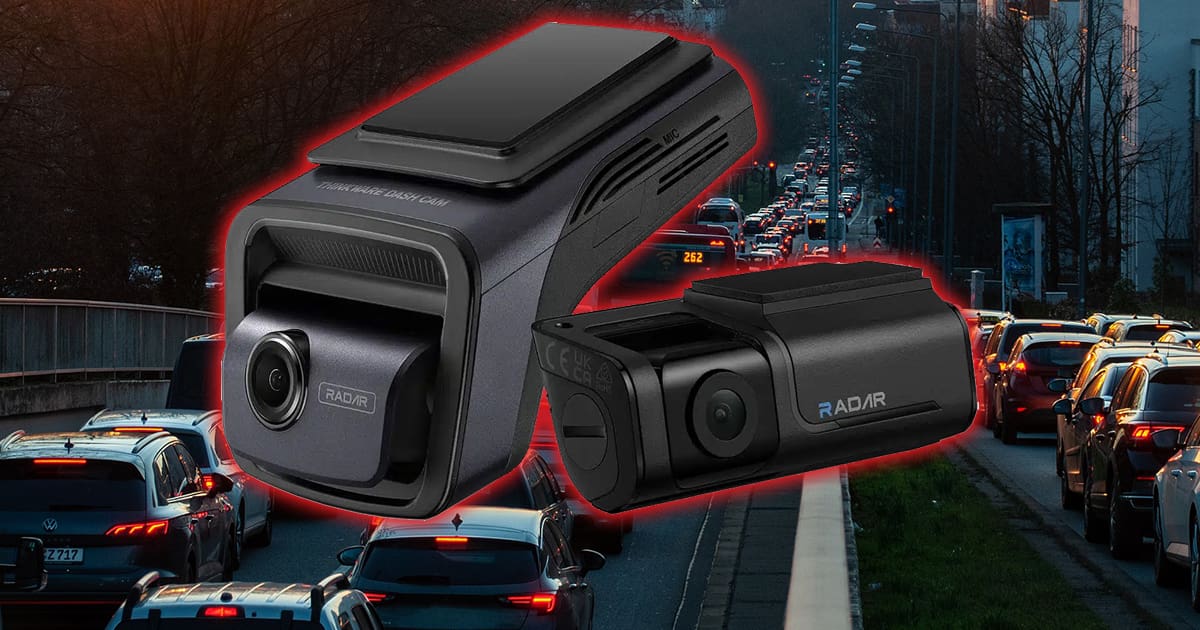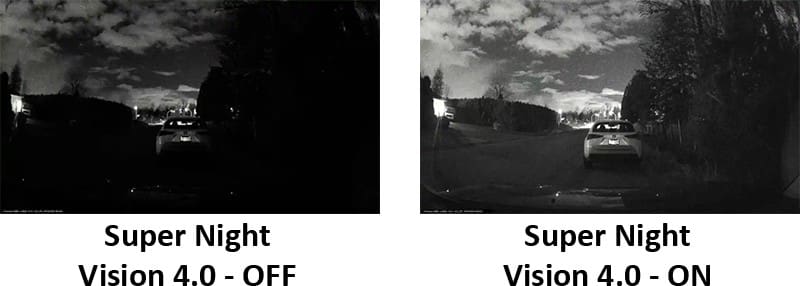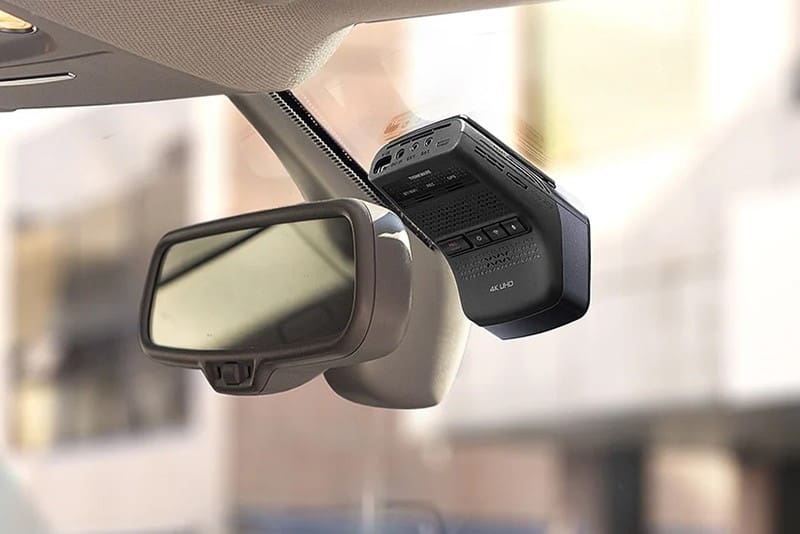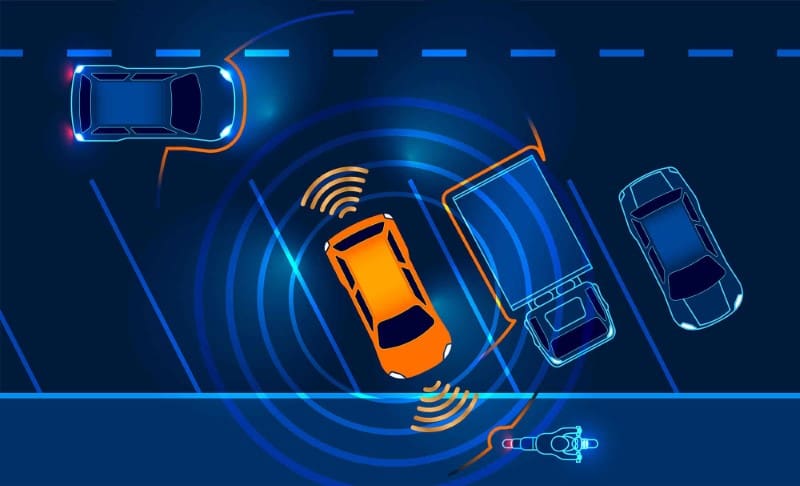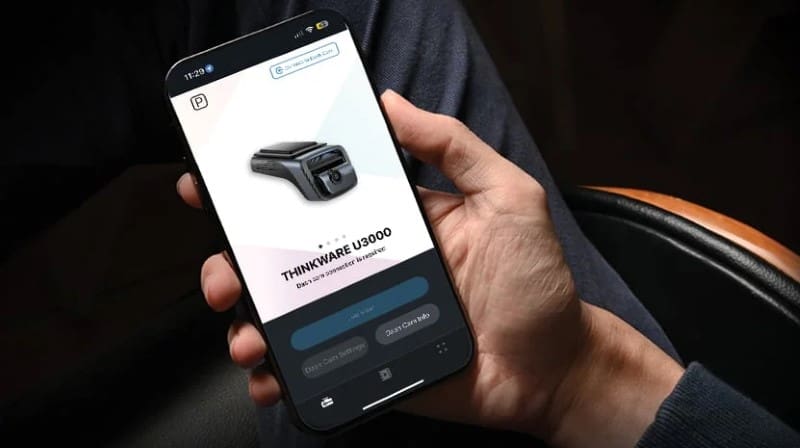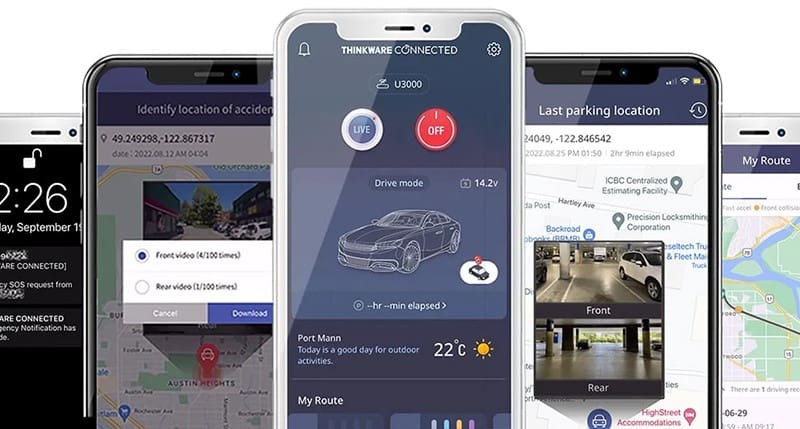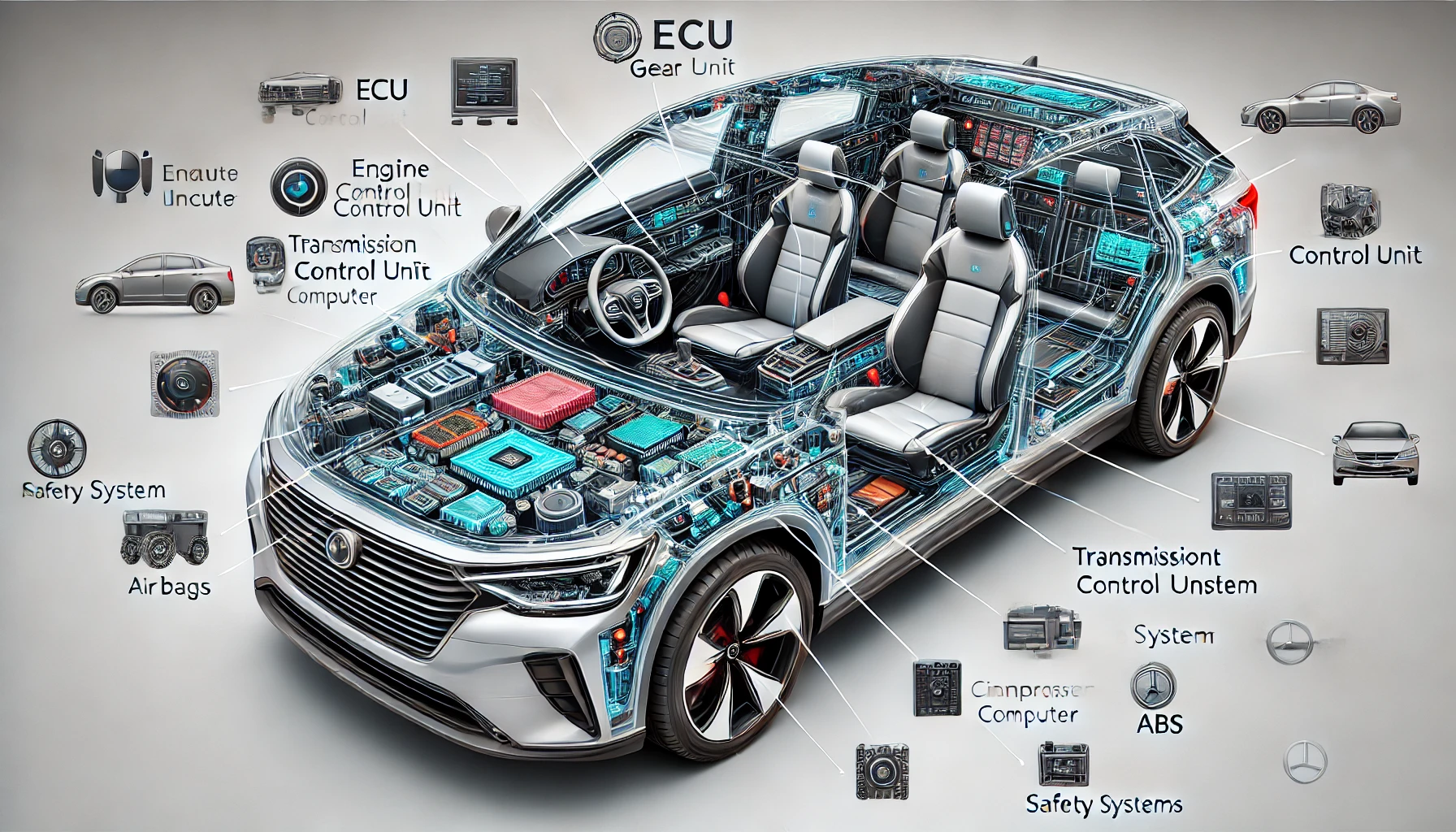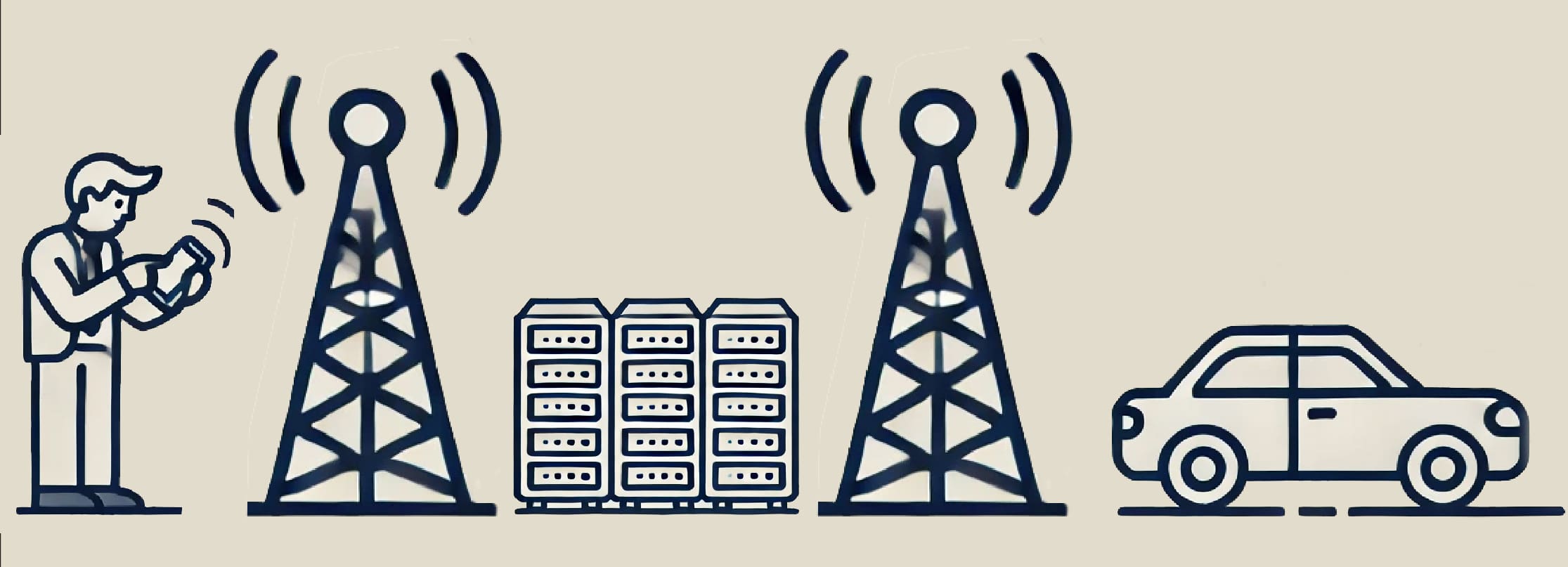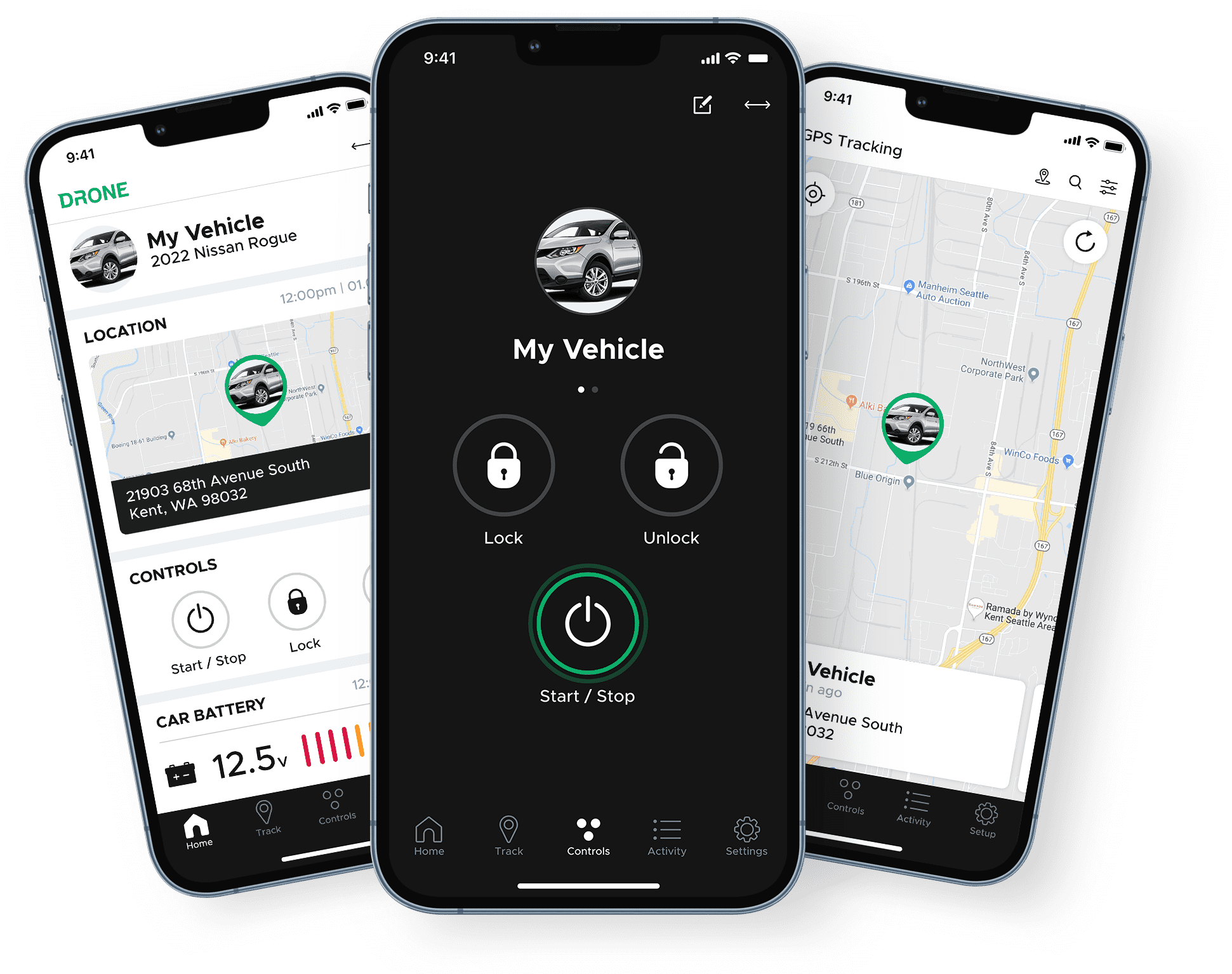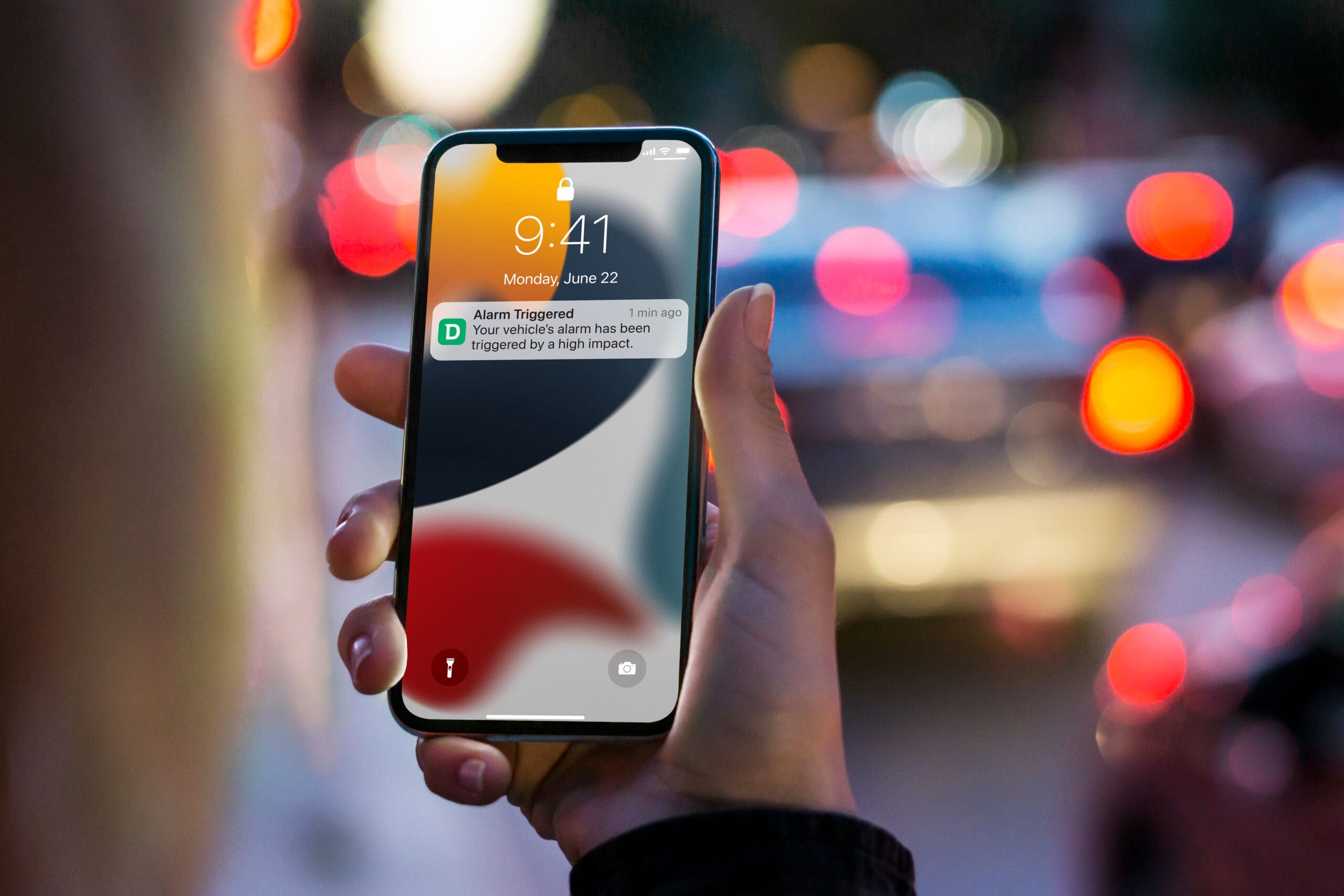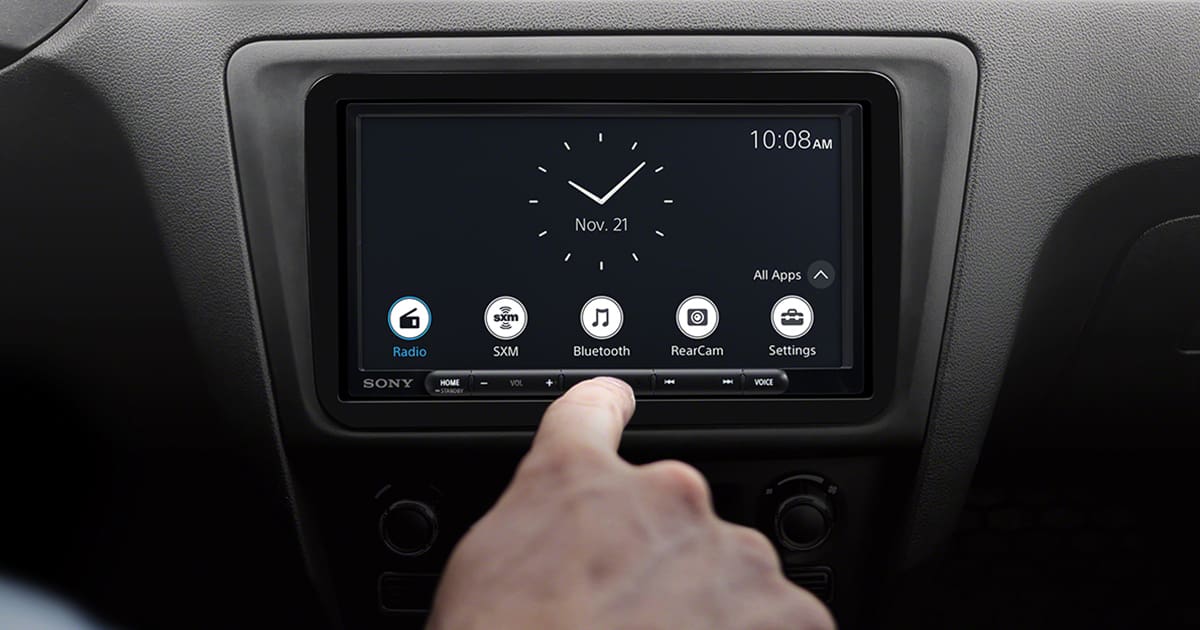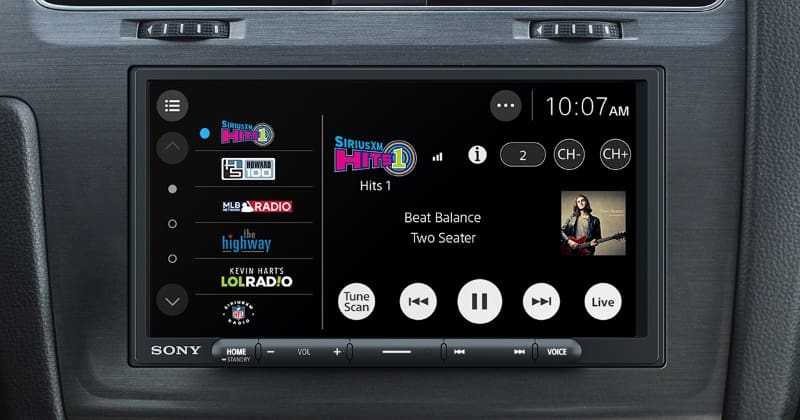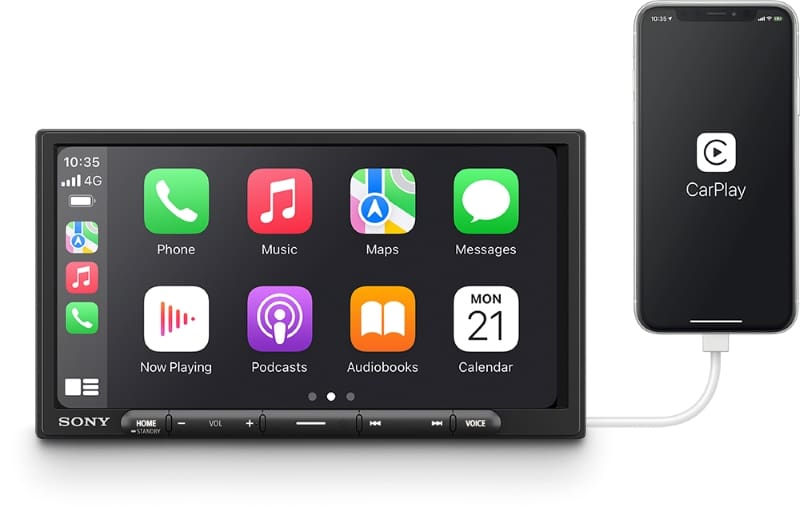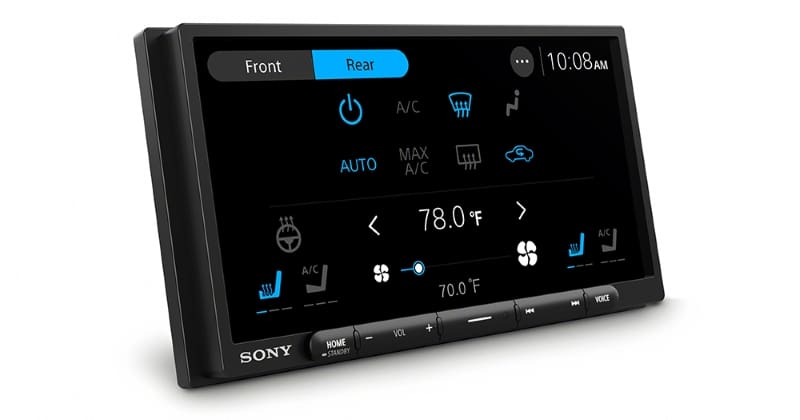Consumers typically have two schools of thought when it comes to dash cameras. Some want the most advanced technology and highest-resolution image sensors available. Others believe that any dash camera system is exponentially better than none. Sadly, the latter concept often leads to people buying low-quality, unreliable solutions. Sitting between these philosophies is the Thinkware Q200 dash camera system. With 2K QHD image quality on the front, 1080P FHD image quality on the rear, intelligent parking modes, and built-in Wi-Fi connectivity, this affordable system is anything but run-of-the-mill. It even includes a 32 GB microSD card! Let’s check it out!
Thinkware Q200 Front and Rear Camera System
The Thinkware Q200 dash camera system is based around the compact (3.9 x 0.9 x 1.3 inches) forward-facing camera with its Quad-HD (2506 x 1440-pixel) image sensor. The camera has a 125-degree field of view, offering a good balance of forward focus and side-approach monitoring. Videos are recorded in HEVC format using the H.264 codec to keep the file sizes manageable. As mentioned, the system includes a UHS-1 32 GB memory card but can accept cards up to 256 GB in capacity for over 800 minutes of storage.
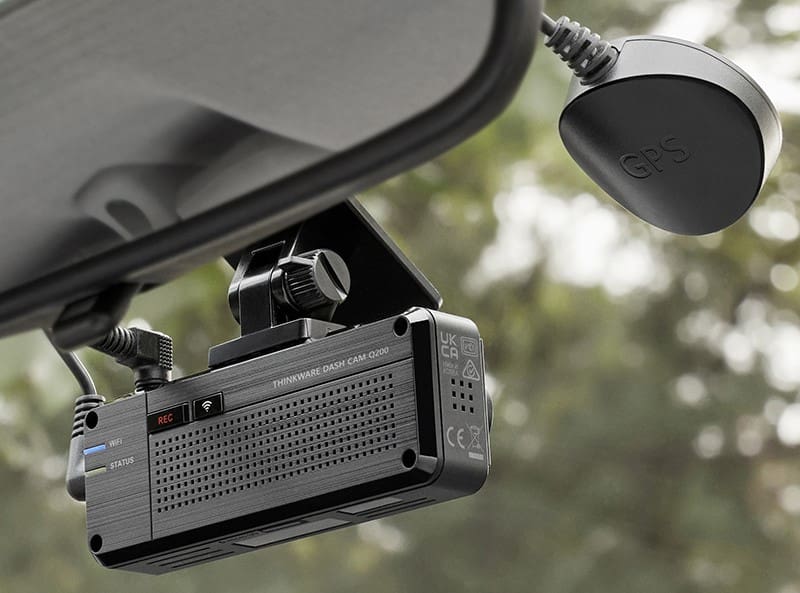
The camera includes several video processing technologies to help improve image quality. First, Super Night Vision 2.0 helps ensure clear, low-noise images in low-light situations, capturing details like license plates or street signs when it’s dark. Advanced Video Clear Technology includes High Dynamic Range (HDR) capture technology that compresses washed-out highlights while boosting information usually lost in the shadows. Smart focusing and intelligent auto exposure enhance the system’s ability to store clear, sharp videos. Finally, de-warping technology reduces barrel distortion so objects at the extreme edges of the video don’t look misshapen.

The camera body has three connection ports: one connection is on top of the chassis for the power source, while one on the side is for the rear camera and one for the GPS receiver. The buttons on the rear panel activate the manual recording mode, and another provides control options for Bluetooth and Wi-Fi connectivity. You can use Wi-Fi with the free Thinkware Dash Cam Link application to download videos directly from the camera. Alternatively, you can remove the microSD card from the bottom of the chassis and use the PC viewer software to view video files.
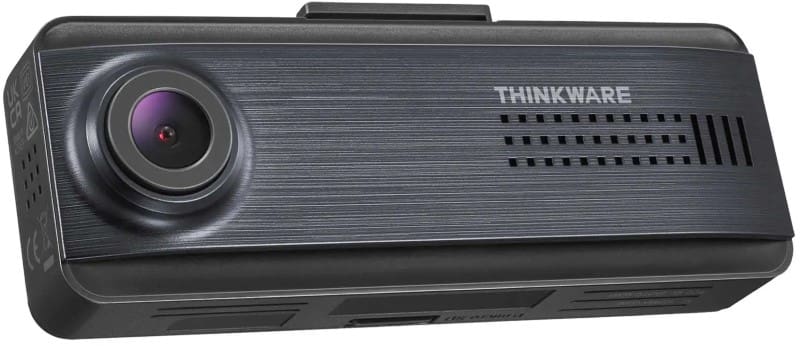
Rear and Optional Cameras
The rear camera included with the Q200 Front and Rear kit is even more compact (2.40 x 1.20 x 0.98 inches) and captures video in full HD (1920 x 1080 pixels). It shares the same 125-degree field of vision as the front camera and records at 30 frames per second. A 19.7-foot cable lets your installer connect the rear camera to the front camera.
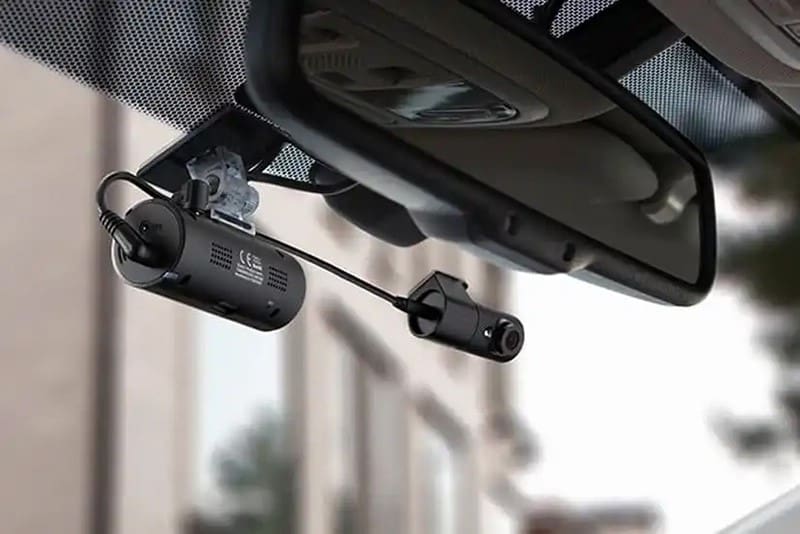
Another option is the infrared interior camera from Thinkware. This compact camera (part number TWA-NIFR) is ideal for taxi, limousine, and rideshare applications where recording what happens and what’s said inside the vehicle is important. The camera includes two compact infrared transmitters so it can effectively see in the dark.
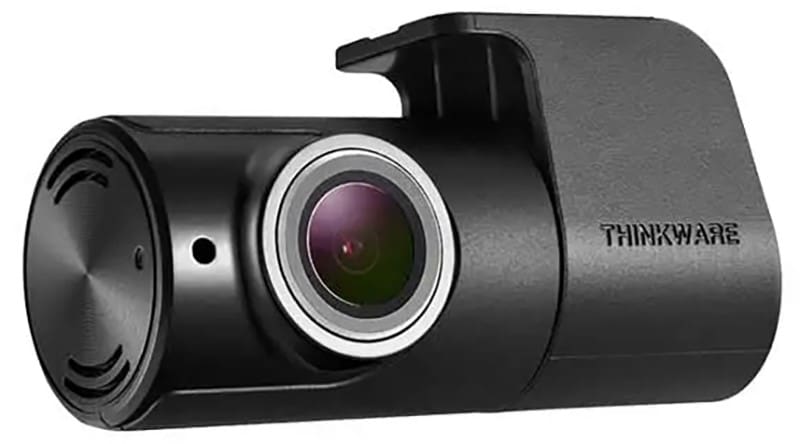
The Q200 is compatible with the optional multiplexer box. With this option, your installer can add three additional cameras to the system, bringing the total to five. The four cameras connected to the multiplexer combine their images into a single video feed that records on the rear channel of the Q200. Side-view and infrared interior cameras are just some options available for additional cameras.
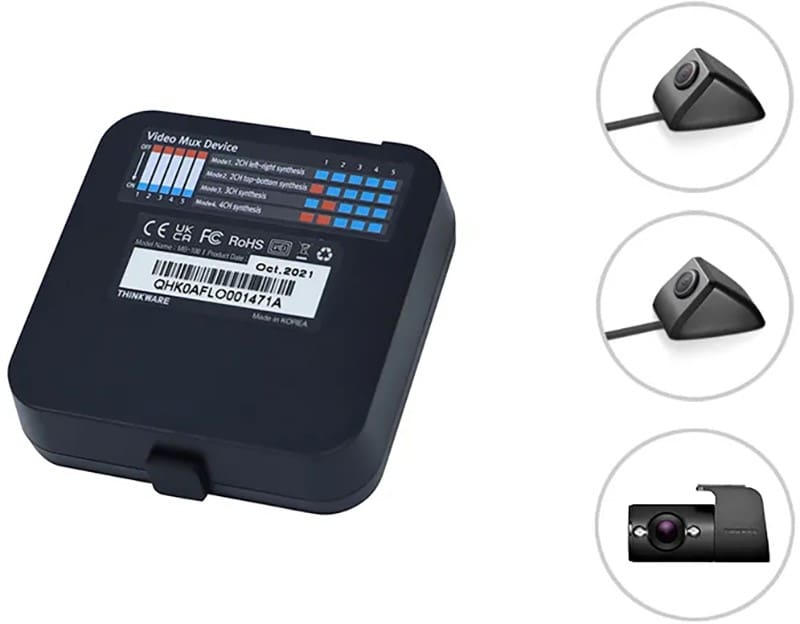
Parking Mode
For those not up-to-date with dash camera lingo, the parking mode feature allows the camera to continue capturing what’s happening around your car when it’s parked. Depending on where you park, you can work with your installer to choose between two frame-per-second Time Lapse, Energy Saving, and Motion/Impact Detection options. In Motion and Impact mode, the camera monitors the image sensor for changes that indicate something or someone has entered the field of vision. When this happens, it stores a video file with 10 seconds of footage before and after the trigger. The built-in three-axis accelerometer also monitors the vehicle for motion from an impact, which triggers a similar recording.
Energy-saving mode foregoes image sensing, dramatically reducing the electrical energy required to maintain camera operation. This mode is ideal for longer-term parking recording.
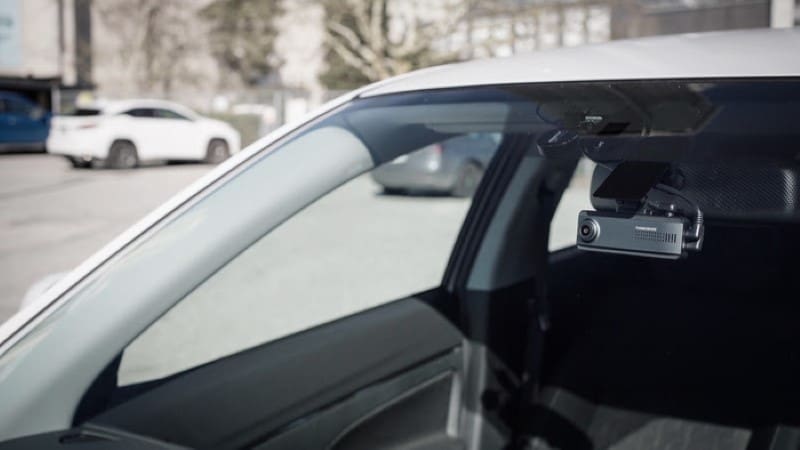
Built-In ADAS Features
The Q200 is no slouch when it comes to bonus features. The camera includes Advanced Driver Assistance Systems (ADAS) in the form of Lane Departure Warning (LDWS), Forward Collision Warning (FCWS), and Front Vehicle Departure Warning (FVDW). These systems use artificial intelligence and advanced image processing to detect potential hazards and provide a warning to the driver. The GPS antenna must be installed for these features to function.
Protect Yourself with the Thinkware Q200
As is evident, the Thinkware Q200 dash camera system is exponentially more capable than most solutions you’ll find outside a professional mobile enhancement retailer. If you want premium image quality in the videos, advanced ADAS warnings, and easy Wi-Fi downloading, drop by your local Thinkware retailer and ask about the Q200 system. They can provide a package price for the dual camera system with expert installation to ensure reliable operation.
This article is written and produced by the team at www.BestCarAudio.com. Reproduction or use of any kind is prohibited without the express written permission of 1sixty8 media.
